|
What a bad title for an internet blog focusing on cemetery preservation, right? Well, no need to fear, as it is all “tongue in cheek” so to speak. You will see by the end of this piece that I should have titled it “A Fairplay Family.” So, last we were together, I was waxing poetic about a broken gravestone of a mysterious origin that recently made its way into our fine cemetery. Best of all, it came to us without a burial, or entombment of any kind. We don’t know who the stone belonged to, where it was formerly located, or who made it—but we sure as heck presented some college-educated guesses. There’s only one way to follow-up a story like that. Yes, I’ve decided to write a story about a family named “Stonebraker.” You heard me correctly—and I promise, in this case, that I have a gravestone in perfect condition, and can identify the decedents that it rests above. The monument in question is quite robust. It stands in Area G/Lot 139, just across the lane from Mount Olivet’s “Confederate Row.” On the west face of this gravestone, one can find the names of several family members buried below. Topping the list is Daniel K. Stonebraker, born April 15th, 1853 and died on September 9th, 1909. Next, we have Daniel’s wife, Sophie E., who lived from May 17th, 1859-July 22nd, 1924. A son, Samuel E. Stonebraker is also here (January 24th, 1881-September 23rd, 1956), and finally, a daughter, Eleanor E. Stonebraker (February 29th, 1884-November 10th, 1884). The interesting thing about my consecutive “Stories in (broken) Stone” published in recent weeks is the simple lesson that so much about people can be gleaned from a single hunk of marble, or specifically granite, in this case. Memorializing in monument form “literally” preserves the stories of lives formerly lived, and ironically keeps alive the ability to unlock genealogy and history to the curious person who insists on taking the opportunity and time to learn more. Here, that individual would be me. I relish playing the role as conduit between the stone and you the reader. I want to pass on various findings such as information from books, newspapers, internet sites and cemetery records all triggered by a cooled piece of lava with names and dates carved into it. In conclusion, gravestones are perfect portals to connections galore. Daniel Knode Stonebraker was born near Fairplay, Washington County, a son of farmer Samuel A. Stonebraker and Sarah Rebecca Knode. The family is German in origin and trace back to Gerald “Garrett” Stonebraker (1742-1813), an early settler of today’s Washington County (which was actually Frederick County up through 1775). Daniel’s grandfather, Michael Stonebraker, was considered one of the largest landowners in Washington County in the early 19th century. His house remained in the family until 1867 and is located about a half mile south of Bakersville, not far from Fairplay to the north and Downsville to the west. Mercersville is better known as Taylor's Landing today. I would find that the Stonebrakers claimed all these villages as their place of origin. Daniel’s father, Samuel A. Stonebraker, moved to Baltimore in 1839 and was the founder of the Baltimore Corn and Flour Exchange and also a member of Sterling, Ahrens and Company Sugar Refiners. It appears that the Stonebrakers had residences in both the Fairplay area and Baltimore. The family farm was situated near the C & O Canal which was a good thing, but was also located just northwest of the main scene of the single bloodiest one-day battle in American history—Antietam. I assume that their land was tramped upon by soldiers and utilized for military camping or caring for wounded. Daniel’s parents (below), along with a few siblings, are buried with earlier generations in Salem Lutheran Church Cemetery in Bakersville. Our subject Daniel would marry Sophia “Sophie” English, daughter of James J. English (1818-1880) and Jane Rebecca Hergesheimer (1821-1897), in the year 1880. Sophie was a Frederick girl who attended the Frederick Female Seminary on East Church Street, today’s seat of county government known as Winchester Hall. Sophie’s father was listed as operating a grocery store in 1850, a teacher in 1860, and a justice of the peace in 1870. Her parents are buried here in Mount Olivet in Area C/Lot 67.
I must address the Stonebraker’s other son, Samuel English Stonebraker with the middle initial of E completing the pattern of Sophie giving all four of her children her maiden name. Born in Downsville (Washington County) in January 1881, Samuel was the first-born child to the young couple. He would go on to practice law and have a successful career in real estate in his adult home of Montgomery County, living in Bethesda and Chevy Chase. He was active on county planning boards there as well. Daniel and Sophie also had another daughter, and this one survived well into into adulthood. She was named Florence English Stonebraker (1895-1977). Plenty more about her in a moment, but Back in Frederick, the 1880 census shows the Stonebrakers living at what is today 436 North Market Street. This is the home of the Mirage Hookah Bar and Lounge today, and many of my age may remember the famed appetite oasis of Casa Pizza which regularly helped facilitate late night bar crawls through downtown. The 1880 census shows Daniel and Sophie “pre-Samuel.” The census also lists Daniel’s occupation of that of a confectioner. I would assume this location served as the site of his business, and also was a home residence on the upper floors. I found reference that the building was either altered or rebuilt by son Samuel in the 20th century. Interestingly, I believe that Mr. Stonebraker was brought to town by his sisters, thus allowing him to meet his future wife in “the City of Clustered Spires.” His sister Alforetta Rebecca (Stonebraker) McCardell (1848-1923) was married to Adrian C. McCardell (1845-1932), another native of Washington County. Mr. McCardell came to Frederick during the Civil War and eventually became prominent in the confectionery business. This man would go on to became a highly successful banker and active civic leader. You may be familiar with Adrian and Alforetta’s talented granddaughter—Claire McCardell Harris (1905-1958), the legendary fashion designer. All three are buried here in Mount Olivet. Another of Daniel’s sisters with a direct link to Frederick was Emma Alice Stonebraker (1846-1930). I had encountered this woman in an earlier Mount Olivet research pursuit in conjunction with white bronze markers and monuments. Emma was a Frederick resident in the early 1880s as she had married Rev. William Augustus Gring (1838-1889). Rev. Gring was the son of Daniel Gring, a noted German Reformed Church minister in York County, PA. William Augustus was a native of Pennsylvania, and at the time of his death had charge of the church in Emmitsburg from 1881-89. Just for fun, I learned that Rev. Gring's brother, Ambrose, was the German Reformed Church's first missionary to Japan. The Grings and buried directly behind the Stonebraker stone, however their unique memorials are certainly not crafted from stone, but rather zinc. The white bronze marker is crafted in the shape of a traditional cross upon a pedestal and contains the name of Rev. Gring’s wife and also, his ten-year old daughter, Vida Rebecca (1875-1885). Emma appears to have been the last individual to have a name placed upon a white bronze marker because she died last (of all decedents) in the year 1930. If you look closely, you can see that Emma’s panel seems out of place as if it had to be specially crafted as the fad of monumental bronze had ended around the time of World War I when the Monumental Bronze Company of Bridgeport, Connecticut had closed. In 1886, I saw a small article announcing that former residents Daniel K. Stonebraker and family were in town visiting relatives here from their home in Norristown, Pennsylvania. Three years later, the Stonebrakers were living in Northwest Washington, DC. From Washington newspapers I also learned that Daniel was working as an agent of the Wilcox Sewing Machine Company with a store on Pennsylvania Avenue. Unfortunately, Daniel made news with the following unfortunate incident. In 1900, Daniel was working as an insurance agent, and the Stonebraker family can be found living at 645 Massachusetts Avenue, about six blocks northwest of the White House and a literal stone’s throw from Thomas Circle, named for Union Maj. Gen. George H. Thomas (1816-1870).  Maj. Gen George H. Thomas Maj. Gen George H. Thomas In case you are curious (like me), Gen. Thomas won one of the first Union victories in the war, at Mill Springs in Kentucky, and served in important subordinate commands at Perryville and Stones River. His stout defense at the Battle of Chickamauga in 1863 saved the Union Army from being completely routed, earning him his most famous nickname, "the Rock of Chickamauga." Thomas followed soon after with a dramatic breakthrough on Missionary Ridge in the Battle of Chattanooga. In the Franklin–Nashville Campaign of 1864, he achieved one of the most decisive victories of the war, destroying the army of Confederate General John Bell Hood, his former student at West Point, at the Battle of Nashville. Daniel K. Stonebraker would die in the nation’s capital on September 26th, 1909 at the age of 56. His cause of death given was rheumatism. He would be buried here in Mount Olivet two days later. Sophie Stonebraker can be found at the same residence on Massachusetts avenue in 1910, but in 1920, the former Miss English lived at 3433 Oakwood Terrace in NW Washington, DC. Sophia can be found living with daughter Florence, referenced earlier. The two were active in the social scene and circles of DC. Florence was a gifted musician and had employ in several government jobs including serving as a clerk for the Treasury Department. Mrs. Stonebraker died on July 22, 1924 and would be buried by her husband’s side in Mount Olivet days later. I found her will on Ancestry.com. I learned from other documentation that the former residence/confectionery on North Market Street would remain in Stonebraker family ownership until 1977. Samuel would join his mother here in Mount Olivet in 1956 upon his death in Bethesda. That only leaves Florence who was the most surprising “chip off the old Stonebraker block” so to speak. Born in Washington in 1895, Florence is a fascinating character to research, leaving wanting to know so much more. Florence would spend most of her adult life in California, and can be found living in San Francisco in the 1930 US Census. She particularly sparked my interest by listing her occupation in that census year as that of a literary writer. Florence is said to have married a gentleman with the last name of Stuart, but divorced. This was interesting because I found her divorced in 1930, but married in the census records of 1940 and 1950 He husband in 1940 and 1950 was her supposed husband named William Stonebraker. This was puzzling, but maybe was it due to her celebrity that he took her name? I can’t see it being a cousin or the coincidence of finding another individual with this name. I’m going with William Stuart, who decided to take his wife’s maiden name as his married name. It is California, after all. Thus I went down the “Florence Stonebraker rabbit hole,” even though she is not buried here in Mount Olivet. I learned that she received a law degree from George Washington University in 1925 and passed the bar in December of that year. I also had my marriage riddle answered. Apparently Florence married William Morrison Stuart, who took her last name. Supposedly, this gentleman had left his second wife to be with her. They would move to southern California and never had children. I soon learned that Florence has somewhat of a cult following by historians and enthusiasts of the pulp-fiction genre era. I found the following blog article on a website entited “Reading California Fiction,” by a gentleman named Don Napoli. “A FLORENCE STONEBRAKER UPDATE The number of words published by Florence Stonebraker (about 4.4 million) will, of course, never be overtaken by the number published about her. Still, the dearth of information regarding California’s most prolific female novelist is startling. Except for one small entry in a Who’s Who compendium (rewritten for an earlier post), I’ve come up with nearly nothing -- no biographical data from reviews, no dust jacket blurbs, no obituaries. So, I was happy the other day when I returned to Google for another search and found a few tidbits from an online newspaper archive. It turns out that Stonebraker was in Washington as a teenager, played the piano, and performed in some amateur recitals. I also found a blurry newspaper photo that shows her in February 1914 helping to commemorate the deaths of sailors on U. S. S. Maine. Stonebraker was seventeen at the time and probably less than fond of this picture.” This was an amazing find, and luckily there was an earlier blog about Florence on this very same website. Here it is: “And now we come to Florence Stonebraker, who once was (I think) one of California’s busiest genre writers. For thirty years—between Pay for Your Pleasure (Phoenix, 1937) and Predatory Woman (Beacon, 1967) —she cranked out more than 80 novels of unsanctioned sex. Married or single, her characters were tempted by, and often surrendered to, their lustful desires. Stonebraker had a conventional side, too, and wrote a couple dozen stories of chaste young women finding love. But her forte was the risqué. I haven’t done enough research to find out much about Stonebraker’s life. She was born in 1896. She married someone whose surname was Steuart. It’s anybody’s guess what she did before publishing her first book at the age of 41. Her early novels are set on the East Coast, so she may have lived there. She doesn’t start using California settings until the early 1940s, suggesting that she moved west during the war. Her most prolific year was 1952, in which she published eleven novels. She stopped writing in 1967. She was residing in Glendale prior to her death in 1977. It’s unclear how many of her books are set in California. I’m sure about Private Practice (because I read it) and willing to bet on Frisco Dame and Love Life of a Hollywood Mistress (because of the titles). But I’m guessing the number is much higher. If she lived in the state and wrote a novel every three or four months, then she probably had little time to find exotic locales. Compiling a list of her novels is not an easy task. The Library of Congress only has hardcovers, all of which she wrote for Phoenix. Jon Warren’s Official Price Guide lists most of the paperbacks. No other library has more than a few of her books, but many are available at Book Finder or similar sites. Adding to the problem is Stonebraker’s fondness for pseudonyms. In addition to writing under her own name, she used Florence Steuart and Fern Shepard for her romances and Florenz Branch and Thomas Stone for her sex stories.” She wrote eighty books and her most prolific year was 1952, when she penned 11. I loved this part of this week's story, and almost have felt a little dirty in presenting covers of Florence's saucy titles, many of which you can pick up on eBay for yourself—should you feel the desire. I did learn that most of these covers were specially posed by outstanding starlets and models of the day. As shown earlier through census records for Florence, I found the evocative pulp-fiction novelist living in San Francisco in 1930, Los Angeles in 1935, San Diego in 1940, and Laguna Beach in 1950. A writer must refresh his, or her, surroundings, or so says the guy who consistently writes from the confines of a cemetery. All I know with certainty is that Florence Stonebraker died in Glendale, CA on August 20th, 1977. I have not found an obituary and the only grave close to what I've been looking for is this final resting place in Forest Lawn Memorial Gardens located in London, Middlesex County, Ontario, Canada. Could be too much of a stretch as I was assuming burial in California. Well, well, well I never saw that coming from the humble family with roots in Washington County. However, you can say that when it comes to genealogy and family history research, everything is in “Fairplay.” When you really think about it, one really shouldn't be all that surprised that one of the country's busiest romance novel writers of the mid-20th century has a direct connection to southern Washington County. Only ten miles east of the old Stonebraker family plantation sits Boonsboro, home to arguably the most prevalent romance writer of all time in Nora Roberts.
0 Comments
Leave a Reply. |
STORIES
|
Archives
July 2024
June 2024
May 2024
April 2024
March 2024
February 2024
January 2024
December 2023
November 2023
September 2023
August 2023
July 2023
June 2023
May 2023
April 2023
March 2023
February 2023
January 2023
December 2022
November 2022
October 2022
September 2022
August 2022
July 2022
June 2022
May 2022
April 2022
March 2022
February 2022
January 2022
December 2021
November 2021
October 2021
September 2021
August 2021
July 2021
June 2021
May 2021
April 2021
March 2021
February 2021
January 2021
December 2020
November 2020
October 2020
September 2020
August 2020
July 2020
June 2020
May 2020
April 2020
March 2020
February 2020
January 2020
December 2019
November 2019
October 2019
September 2019
August 2019
July 2019
June 2019
May 2019
April 2019
March 2019
February 2019
January 2019
December 2018
November 2018
October 2018
September 2018
August 2018
July 2018
June 2018
May 2018
April 2018
March 2018
February 2018
January 2018
December 2017
November 2017
October 2017
September 2017
August 2017
July 2017
June 2017
May 2017
April 2017
March 2017
February 2017
January 2017
December 2016
November 2016






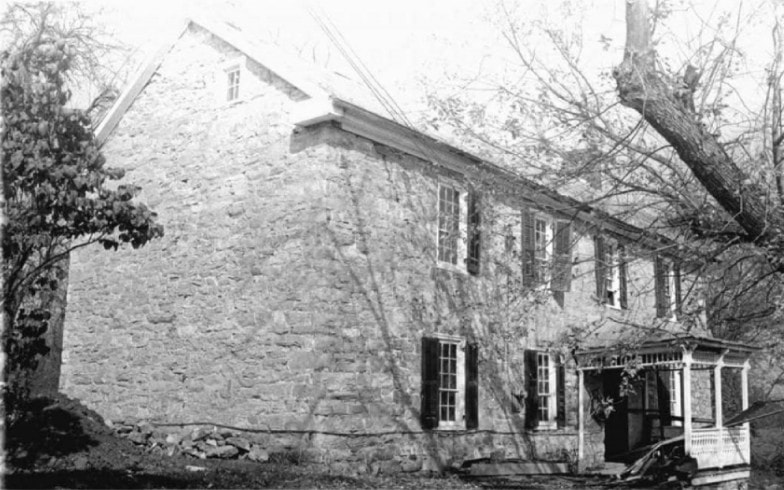

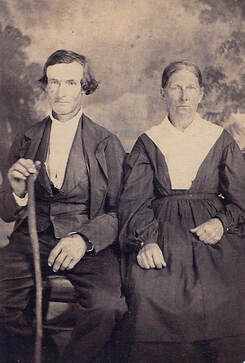














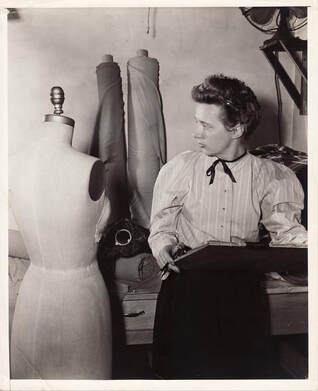

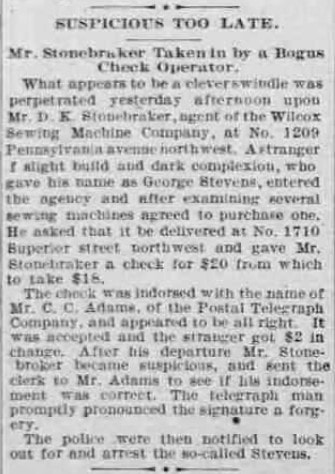

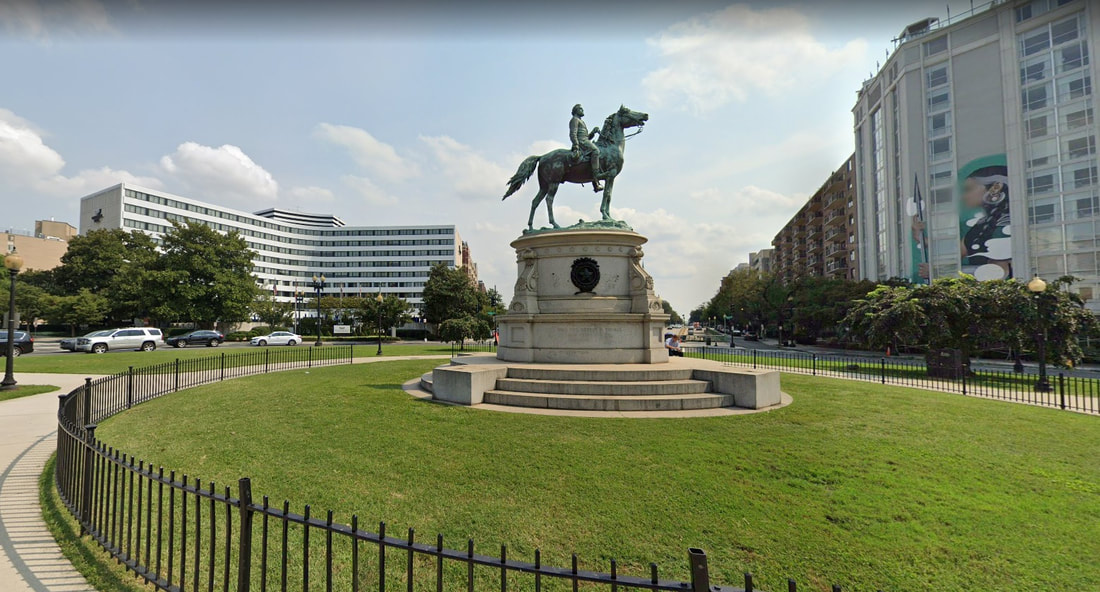


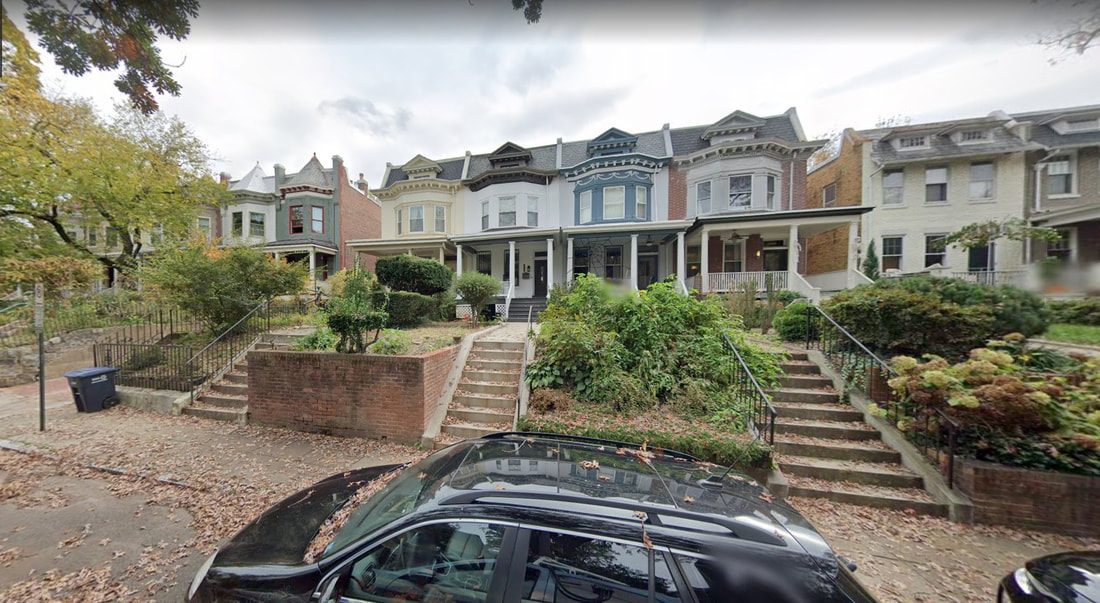
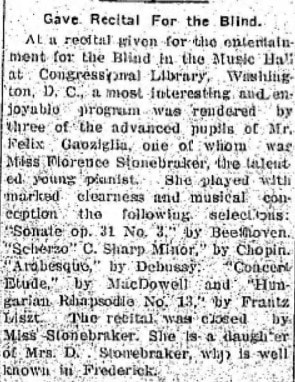






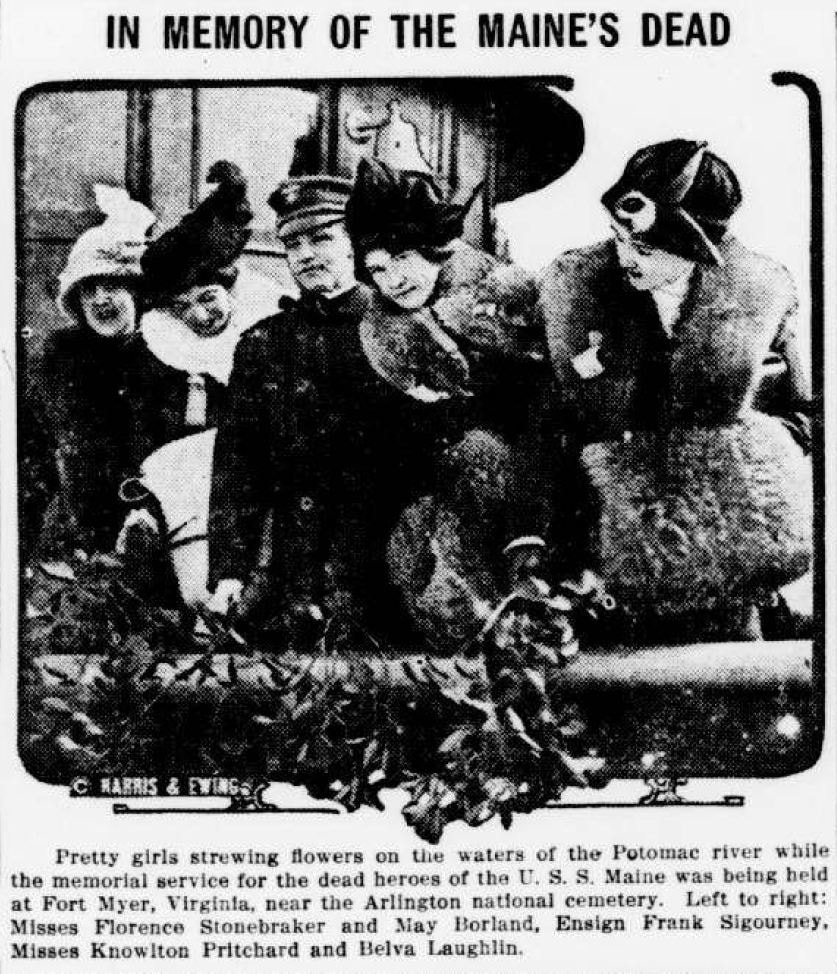

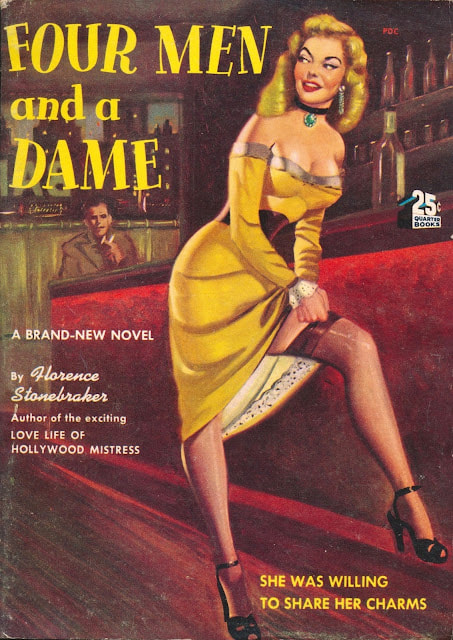
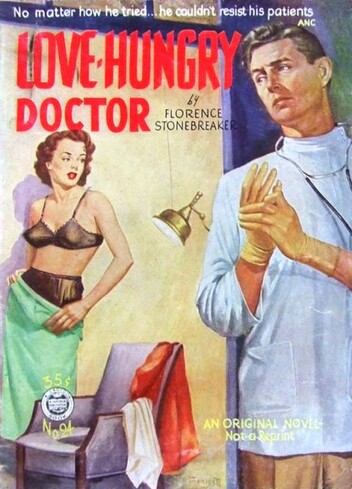


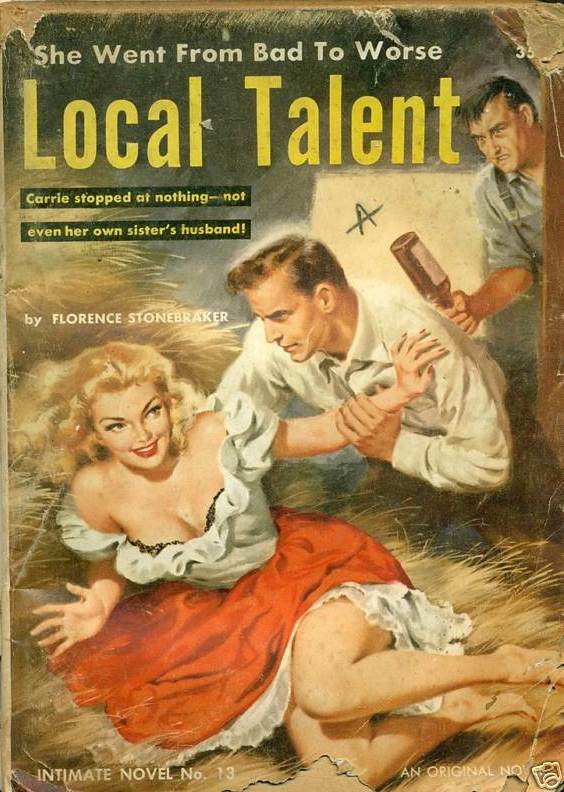



 RSS Feed
RSS Feed